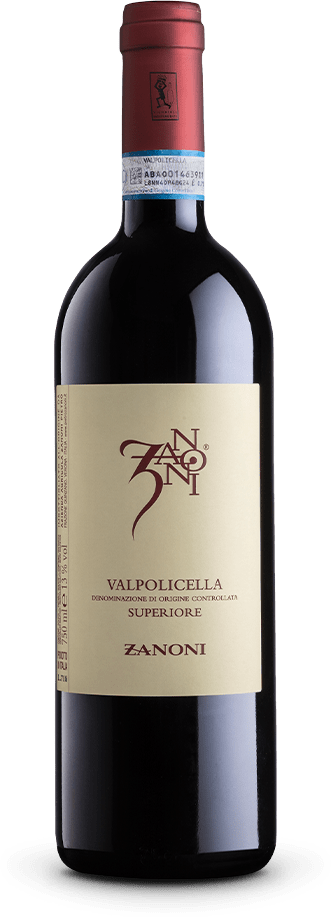
Valpolicella D.O.C.
Denominazione d’Origine Controllata
Making an interesting wine with an aromatic, variegated finish, a wine which is not demanding but is still a far cry from being quaffable and which respects Valpolicella varietals at the same time: this is the common thread that guides us in correctly interpreting a character of Valpolicella which is often unduly underrepresented.
In other words, giving dignity and relevance to a wine that for so long has embodied the history and tradition of our land is our goal. These are the premises of our Valpolicella d.o.c.Superiore, a lean-bodied yet full and balanced wine, with a good concentration, fragrant when young and capable of evolving into a pleasant complexity for several years.
Grapes: The field blend is typical of the Valpolicella area with prevalence of Corvina (70% of the total) and the rest Rondinella.
Alcohol: 13 % Vol.
Vineyards
The selected vineyards are exclusively devoted to this wine, and grapes are not selected for raisining. The vineyards are located in Avesa and Parona and the soil is of medium and somewhat stoney consistency.
The vines are the youngest trained according to the Guyot system with a density of 5,000 plants/hectare.
Aging
Aging continues in bottles for at least another six months before the wine is ready for marketing. Appropriately stored bottles evolve correctly for up to five years after harvest.
Vinification
The grapes are manually harvested and selected during the first week of October. They are immediately crushed and left to ferment at controlled temperatures for 10 days. Pumping-over is repeated until sugar content is exhausted.
Alcoholic fermentation is followed by malolactic fermentation in steel tanks and the wine is then aged for six/eight months in used vats. This is followed by a brief standing in steel before being bottled in August of the year after harvest.
Sensory features
Ruby red, bright colour. Rich, variegated aroma, grapey and fruity. Fresh, well-structured mouthfeel, sustained by a balanced acidity and all-rounded tannins. Good nose-palate finish.
Combination
Recommended for main courses with meat sauces and vegetable dishes of Mediterranean tradition and fish in tomato sauce. The wine is best served at ambient temperature in a suitably capacious glasses.
Shop online